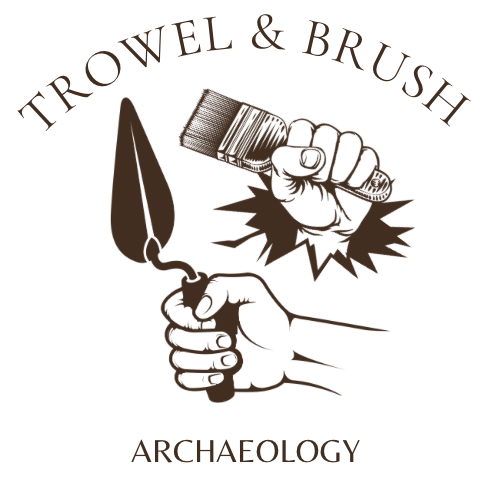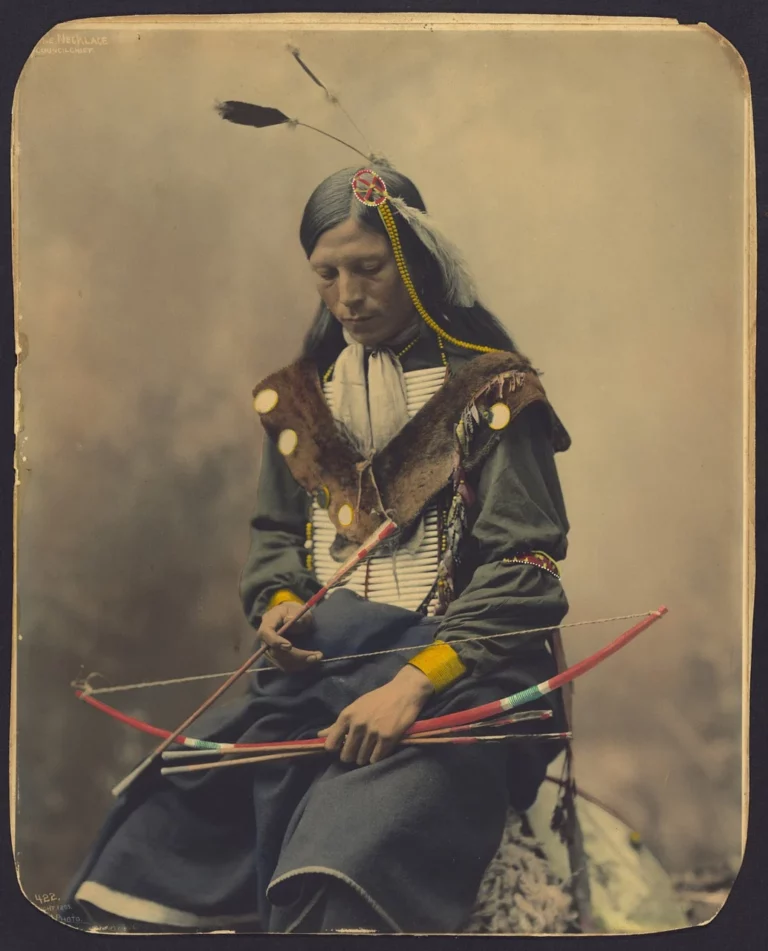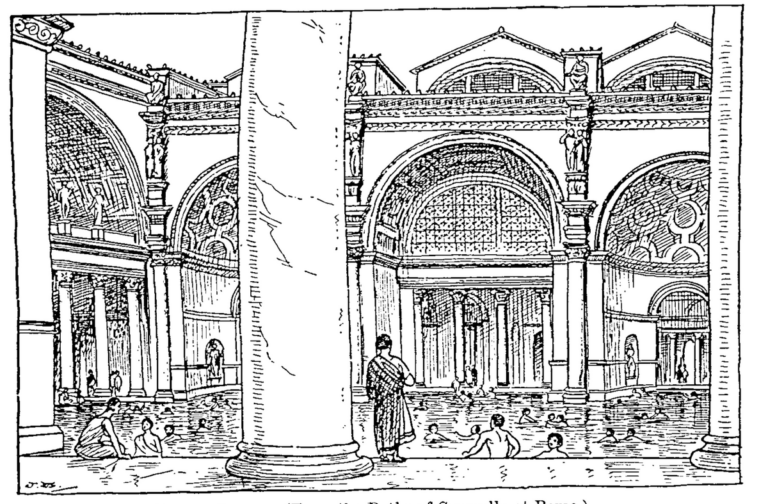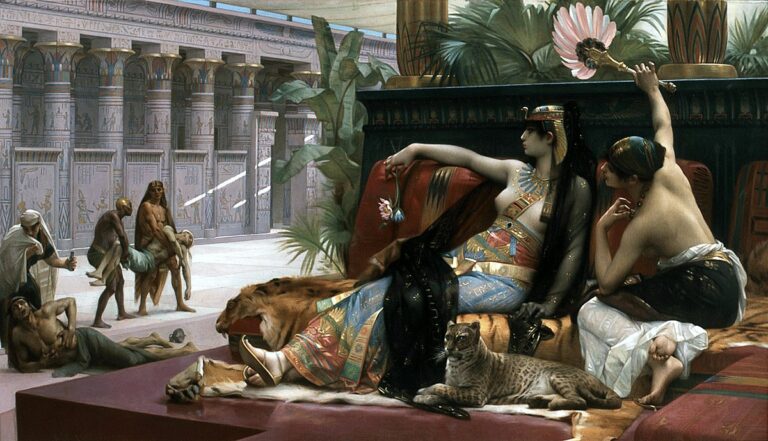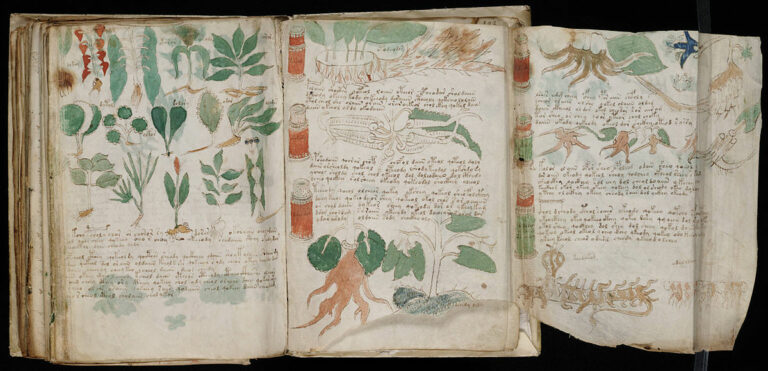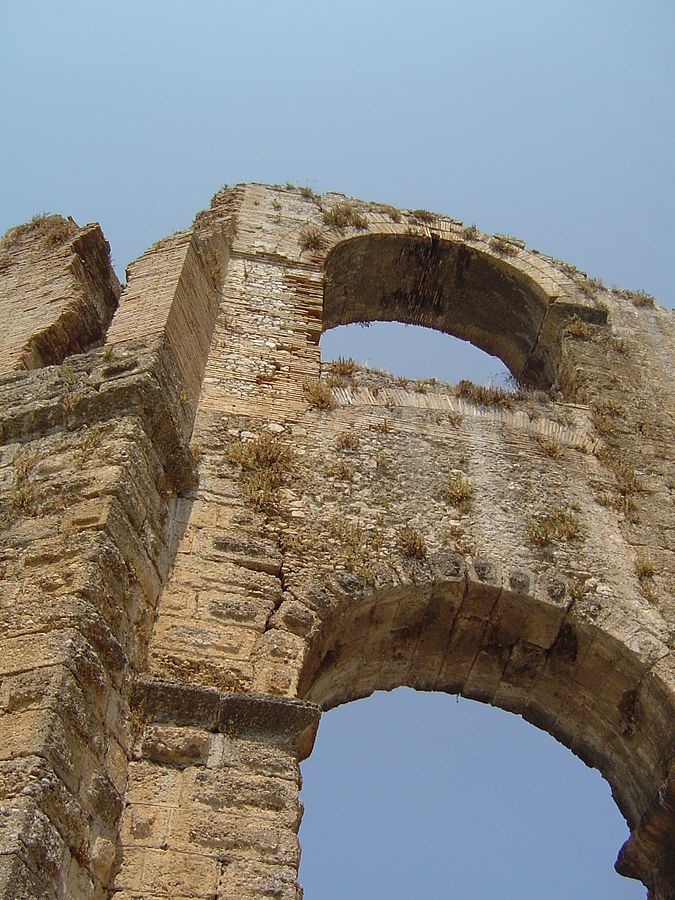The Copper Scroll: A Treasure Beyond Imagination
Nestled in the dusty caves of the Judaean Desert, close to the northern shore of the Dead Sea, lay an artifact that whispered of hidden treasures, forgotten places, and centuries-old mysteries.
Its name? The Copper Scroll.
Our story unfolds in Qumran, a location where the famous Dead Sea Scrolls were discovered.
But the Copper Scroll, unlike its companions, is unique in its composition and its tales of buried treasure.
Origins: A Metal Amongst Papyrus
While many of the Dead Sea Scrolls were written on parchment or papyrus, the Copper Scroll, as its name implies, was etched into thin sheets of copper. Dating back to sometime between 50 BCE and 100 CE, it’s a testament to the ingenuity and skill of ancient artisans. According to scholars, the choice of copper might suggest the enduring nature of its message—because it was meant to last for generations to come1.
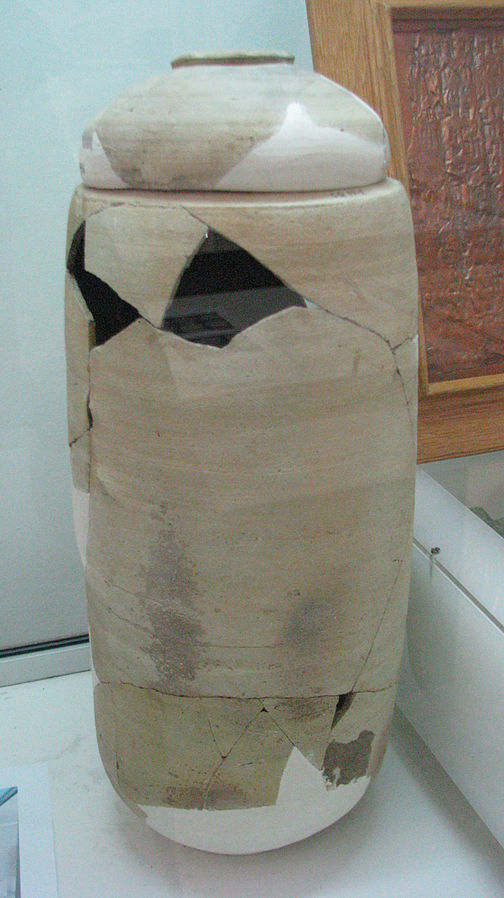
Discovery: Into the Depths of the Cave
In the spring of 1952, a team of archaeologists chanced upon Cave 3 in Qumran. Among the artifacts they discovered was the Copper Scroll. However, due to its delicate and corroded state, it wasn’t until 1955 that the scroll could be safely unrolled and examined. As researchers meticulously opened the copper sheets, they found themselves looking at a list. A list of gold, silver, and hidden locations—buried treasures waiting to be unearthed2.
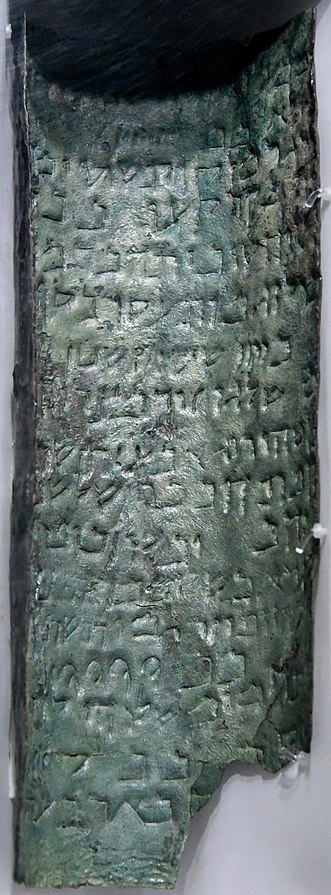
Controversy: A Map or a Myth?
The Copper Scroll describes 64 locations where staggering amounts of treasure and sacred items are said to be buried. We’re talking about tons of gold and silver! Yet, despite numerous efforts, none of these riches have been found.
So, what’s the catch? Why hide such immense wealth? Some believe it was to protect temple treasures from invading forces. Others speculate it might be a record of hidden treasures from a Second Temple sect. Still, others suggest it’s a work of fiction or a clever hoax3.
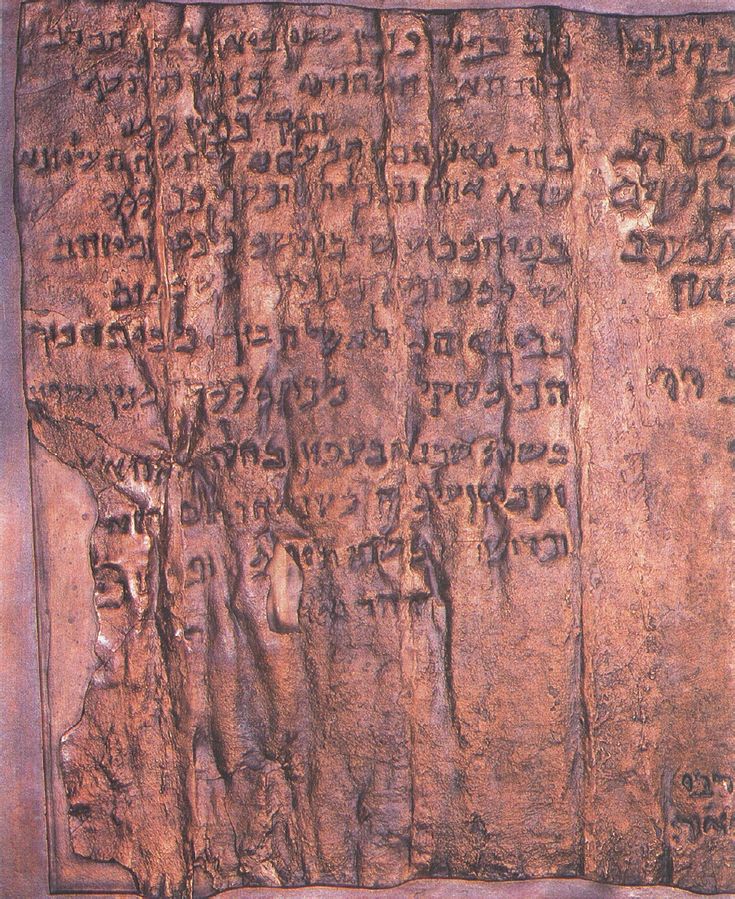
Scholars like Milik believe the treasure was concealed by a Jewish sect known as the Essenes, while others like Allegro theorize the hoard belonged to the Second Temple in Jerusalem4.
What Does it Say? A Glimpse into the Copper Scroll
The language of the Copper Scroll is different from the biblical style found in other Dead Sea Scrolls, suggesting a different authorship or purpose. It’s essentially a treasure map, with entries like:
“In the ruin which is in the valley of Acor, under […] the steps, with the entrance at the East, a distance of forty cubits: a strongbox of silver and its vessels with a weight of seventeen talents.”5
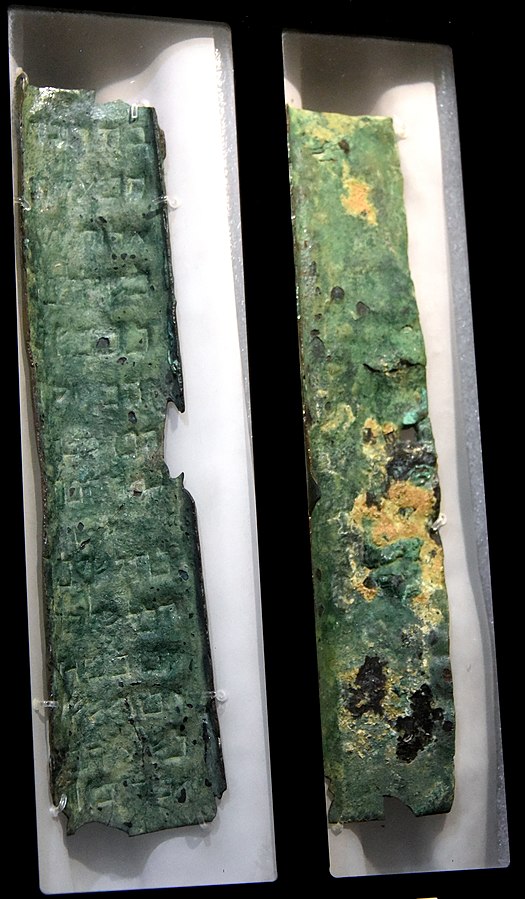
Doesn’t that just fuel your inner Indiana Jones?
Speculation: The Lure of Lost Treasures
Over the years, the Copper Scroll has tantalized treasure hunters, historians, and archaeologists alike. Yet, despite its detailed descriptions, no one has been able to verify the treasures or their locations.
Some surmise the treasures could be symbolic or spiritual rather than physical. Others wonder if the treasures were found long ago, making the Copper Scroll merely a historical document of what once was6.
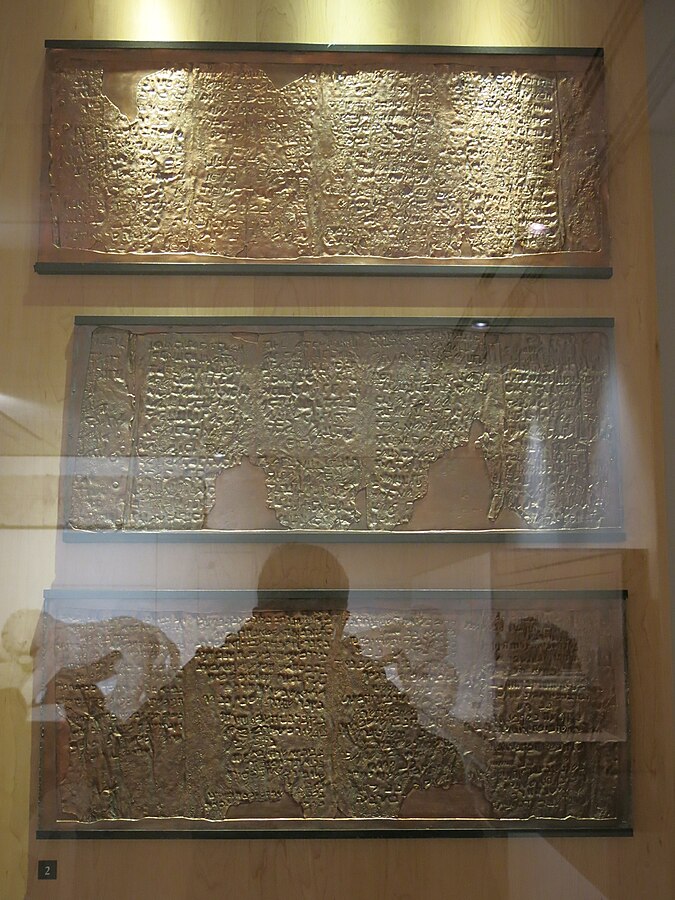
The Copper Scroll remains an unsolved riddle of the past, bridging our world with ancient tales of hidden treasures and sacred secrets.
While its enigma continues to draw seekers of mysteries, it’s more than just a map—it’s a symbol of our enduring human spirit, of our pursuit of the unknown, and of the rich tapestry of our shared history.
Who knows, perhaps you may have what it takes to find the treasures that lie within.
Check This Out
If the allure of the enigmatic Copper Scroll captured your imagination in our recent article, then you’ll be riveted by “The Copper Scroll: A Jon Bennett Series Political and Military Action Thriller (Book 4).” Dive deep into a whirlwind of political intrigue, military action, and thrilling suspense, all revolving around the legendary Copper Scroll. As fiction meets historical reality, this book promises a riveting journey that bridges the gap between ancient mysteries and contemporary challenges. Perfect for anyone who loves a good treasure hunt!
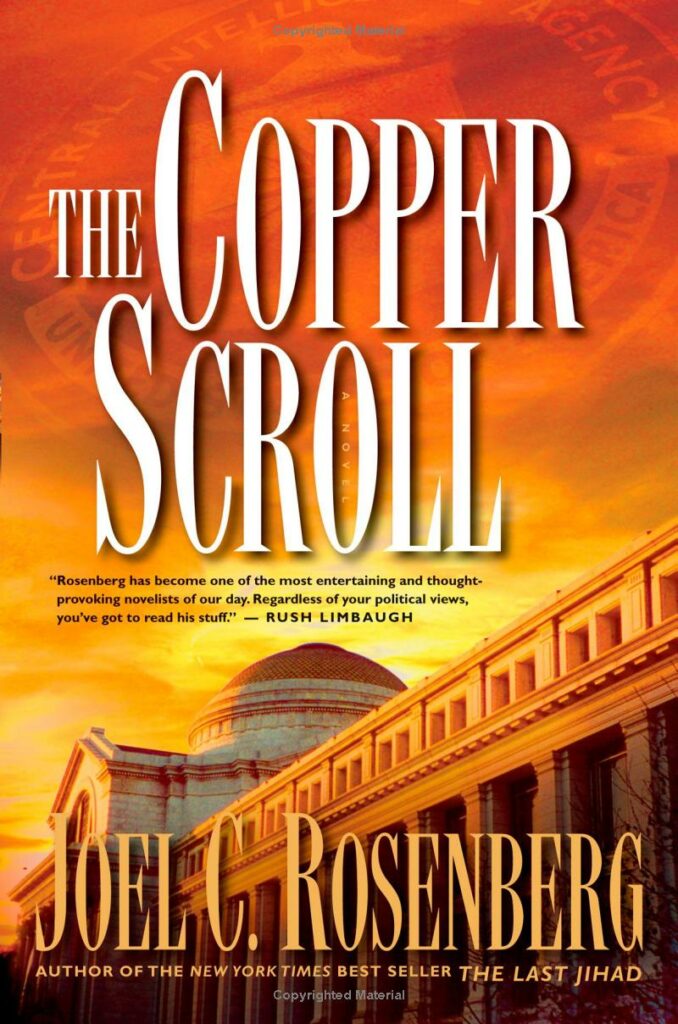
“Fun Fact: The Copper Scroll is the only Dead Sea Scroll etched on metal! While its peers were penned on parchment and papyrus, the Copper Scroll’s creators chose this durable material—perhaps hinting that they believed its message was too precious to be lost to time.”
If the Copper Scroll analysis piqued your interest, dive deeper by exploring our collection of articles on mysterious artifacts from around the globe. Click the button below to embark on more historical adventures!

Sources:
- VanderKam, James, and Peter Flint. “The Meaning of the Dead Sea Scrolls.” T&T Clark, 2002.
- Feather, Robert. “The Mystery of the Copper Scroll of Qumran.” Bear & Company, 2003.
- Cross, Frank Moore. “The Ancient Library of Qumran.” Fortress Press, 1995.
- Allegro, John M. “The Treasure of the Copper Scroll.” Routledge, 2000.
- Wise, Michael, Martin Abegg Jr., and Edward Cook. “The Dead Sea Scrolls: A New Translation.” HarperSanFrancisco, 1996.
- Schiffman, Lawrence H. “Reclaiming the Dead Sea Scrolls.” Yale University Press, 1994.
